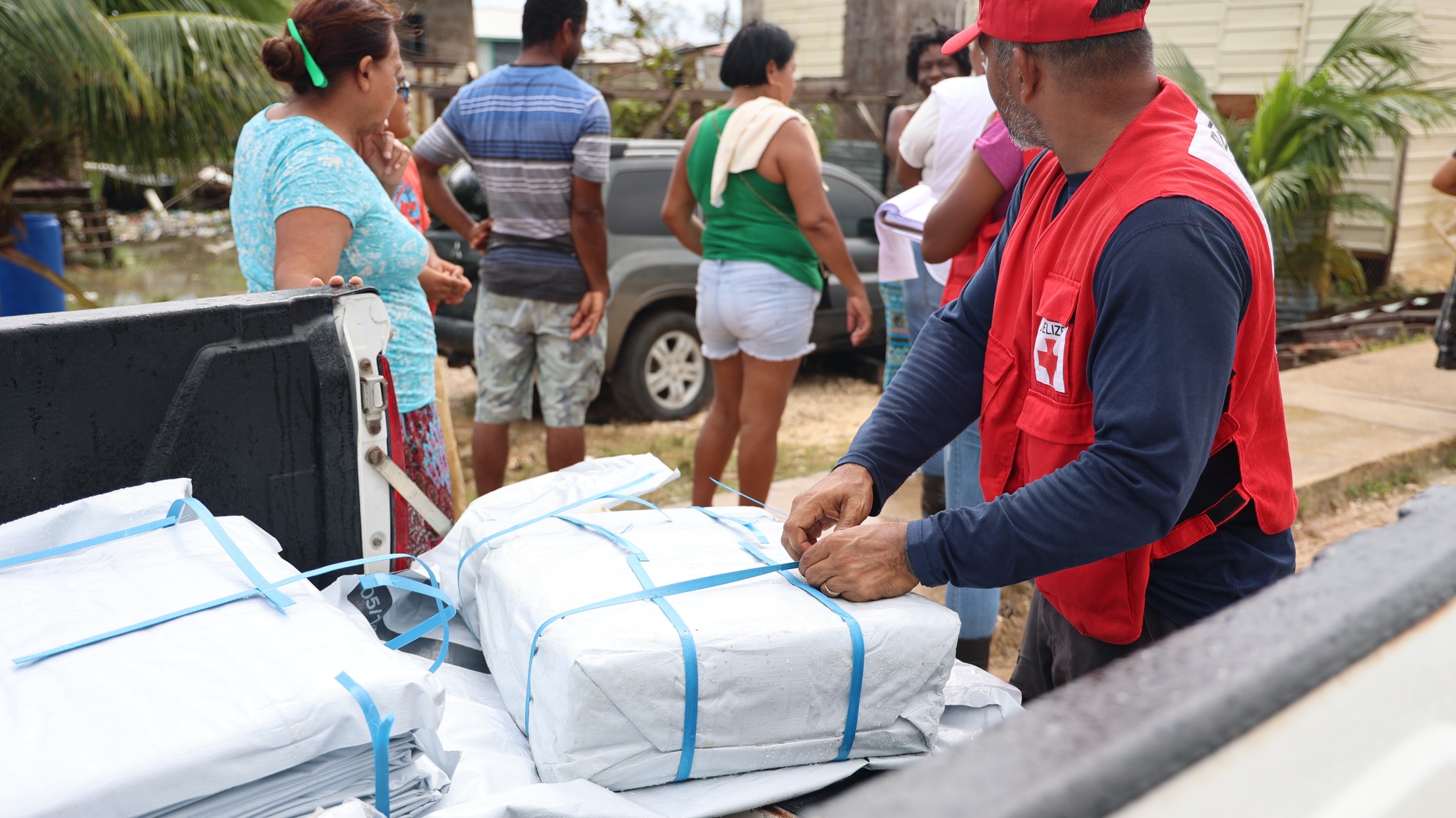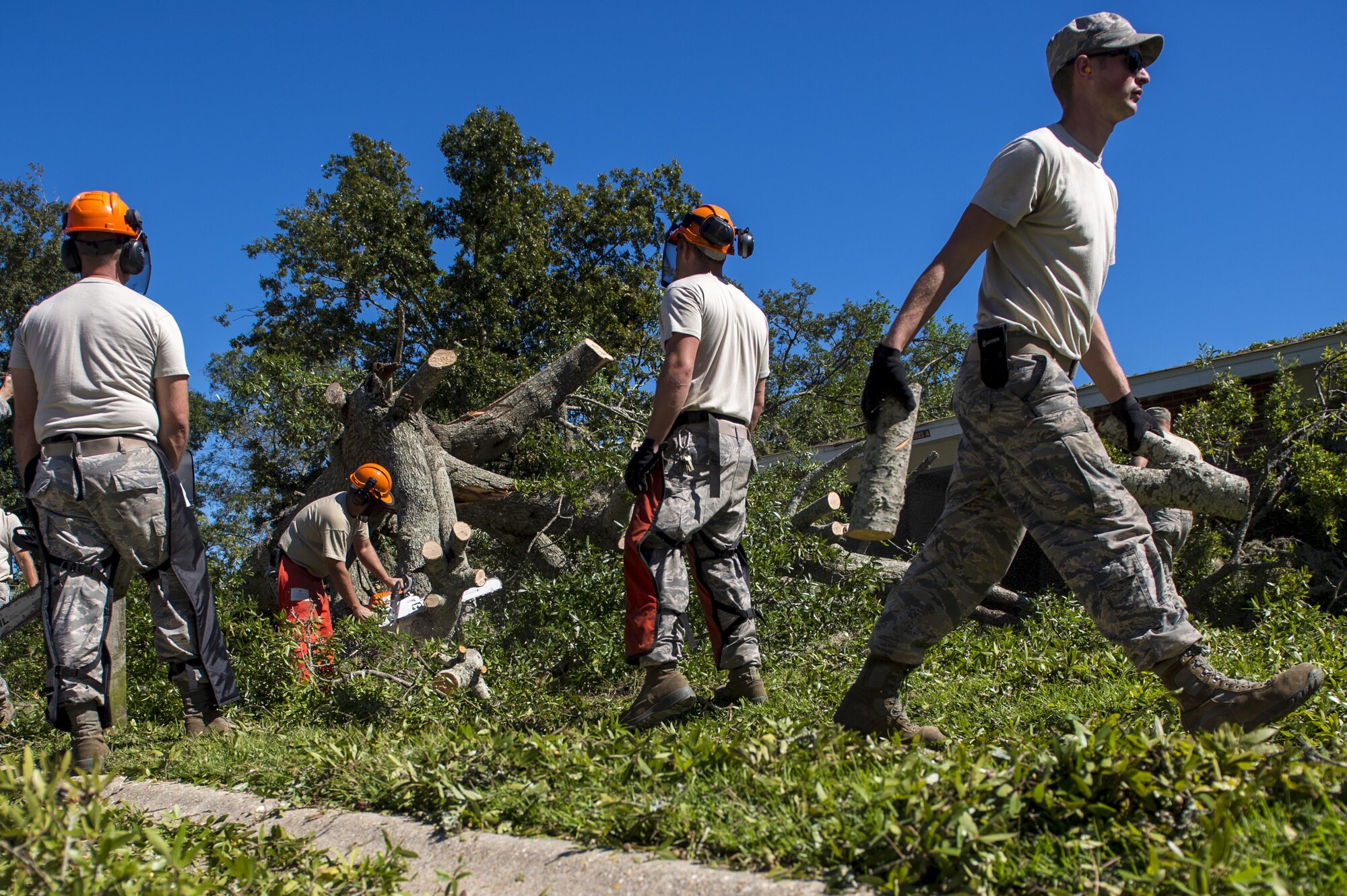A devastating tsunami has struck the coast of Peru, leaving behind a trail of destruction and displacing thousands of people. Emergency response and recovery efforts are underway, but the full extent of the damage is still being assessed.
Editor's Notes: Devastating Tsunami Strikes Peru: Emergency Response And Recovery Efforts Underway have published today date. This topic is important to read because it provides an update on the situation in Peru and the efforts that are being made to help those who have been affected.
Our team has been doing some analysis and digging information, made Devastating Tsunami Strikes Peru: Emergency Response And Recovery Efforts Underway we put together this Devastating Tsunami Strikes Peru: Emergency Response And Recovery Efforts Underway guide to help target audience make the right decision.
Key differences or Key takeways
| Key Differences | Key Takeaways |
| - The tsunami was caused by a powerful earthquake. | - The tsunami caused widespread damage and displacement. |
| - The emergency response is being coordinated by the Peruvian government. | - The recovery efforts will be long and challenging. |
Transition to main article topics
- The cause of the tsunami
- The impact of the tsunami
- The emergency response
- The recovery efforts
FAQs
Following the devastating tsunami that struck Peru, numerous questions have arisen regarding the emergency response and ongoing recovery efforts. This FAQ section seeks to provide concise and informative answers to some of the most frequently asked queries.

Tsunami Devastating the City Stock Image - Image of destruction - Source www.dreamstime.com
Question 1: What was the magnitude of the tsunami that hit Peru?
According to official reports, the tsunami that struck Peru registered a magnitude of 8.2 on the Richter scale, making it one of the strongest in recent history.
Question 2: What areas of Peru were most severely affected by the tsunami?
The coastal regions of northern Peru, particularly Piura and Lambayeque, suffered the most extensive damage and loss of life.
Question 3: What is the current status of the emergency response efforts?
Emergency responders, including local authorities, national agencies, and international aid organizations, are actively working to provide immediate assistance to affected communities. Priorities include search and rescue operations, medical care, and distribution of essential supplies.
Question 4: What are the long-term recovery plans for the areas impacted by the tsunami?
Recovery efforts will focus on rebuilding infrastructure, providing support to displaced individuals and families, and implementing measures to prevent or mitigate the impact of future disasters.
Question 5: How can individuals and organizations provide support to Peru in the aftermath of the tsunami?
Donations to reputable aid organizations, both local and international, are an effective way to support relief efforts. Volunteering time or skills can also make a significant contribution to the recovery process.
Question 6: What lessons can be learned from this event to improve future preparedness and response to natural disasters?
Thorough analysis of the tsunami's impact and the emergency response will provide valuable insights for enhancing disaster preparedness plans, early warning systems, and emergency management protocols.
Stay informed about ongoing developments related to the tsunami in Peru and support the recovery efforts in any way possible.
Transition to Next Article Section:
Tips
The devastating tsunami that struck Peru has left the country reeling. Emergency response and recovery efforts are underway, but the process will be long and challenging.
Here are some tips for supporting the people of Peru during this difficult time:
Tip 1: Donate to reputable relief organizations.
There are many reputable organizations working to provide aid to the victims of the tsunami. Some of the most well-known organizations include the Red Cross, the Salvation Army, and UNICEF. When donating, be sure to do your research to make sure that the organization you are donating to is legitimate.
Tip 2: Volunteer your time.
If you are able to travel to Peru, you can volunteer your time to help with the relief efforts. There are many different ways to help, such as distributing food and water, providing medical assistance, or helping to rebuild homes.

Premium Photo | Devastating tornado strikes Central Iowa causing - Source www.freepik.com
Tip 3: Spread the word.
One of the best ways to help is to spread the word about the tsunami and the relief efforts. You can do this by sharing information on social media, writing letters to your local newspaper, or talking to your friends and family about the situation.
Tip 4: Pray for the people of Peru.
In addition to providing practical help, you can also pray for the people of Peru. Pray for their safety, for their recovery, and for their strength during this difficult time.
The tsunami that struck Peru was a devastating event, but the people of Peru are resilient. With our help, they will be able to rebuild their lives and communities.
Devastating Tsunami Strikes Peru: Emergency Response And Recovery Efforts Underway
Devastating Tsunami Strikes Peru: Emergency Response And Recovery Efforts Underway
The destructive tsunami that struck Peru has left a devastating impact, requiring swift emergency response and long-term recovery efforts. Key aspects of this critical situation include:
- Humanitarian Crisis: Urgent provision of food, shelter, and medical aid to affected communities.
- Infrastructure Damage: Significant damage to coastal infrastructure, homes, and businesses.
- Environmental Impact: Erosion of coastal areas and disruption of marine ecosystems.
- Economic Consequences: Tourism and fishing industries severely affected, leading to job losses and economic downturn.
- Psychological Trauma: Dealing with the psychological impact of the disaster on survivors.
- Long-Term Recovery: Reconstruction of infrastructure, rehabilitation of affected areas, and disaster resilience measures.
The scale of the devastation underscores the need for coordinated efforts involving local authorities, humanitarian organizations, and international aid. The recovery process will involve not only rebuilding infrastructure but also addressing the long-term social, economic, and environmental challenges facing the affected communities.
Recovery efforts underway from Hurricane Matthew > Air Force Reserve - Source www.afrc.af.mil
Devastating Tsunami Strikes Peru: Emergency Response And Recovery Efforts Underway
A devastating tsunami has struck Peru, causing extensive damage and loss of life. Emergency response and recovery efforts are underway, with national and international organizations providing assistance.

Hurricane Lisa Recovery Efforts Underway - The San Pedro Sun - Source www.sanpedrosun.com
The tsunami was triggered by a powerful earthquake with a magnitude of 8.0, which struck off the coast of central Peru. The earthquake generated a series of waves that reached heights of up to 10 meters (33 feet). The waves crashed into coastal communities, destroying homes and infrastructure, and leaving thousands of people homeless.
The Peruvian government has declared a state of emergency and is coordinating relief efforts. The military has been deployed to affected areas to provide security and assistance. The Red Cross and other humanitarian organizations are also providing aid, including food, water, and shelter.
The tsunami has had a devastating impact on Peru. Thousands of people have been killed, and many more have been injured. The damage to homes and infrastructure is extensive, and it will take months or even years to rebuild.
The tsunami is a reminder of the importance of emergency preparedness. Tsunamis can strike with little warning, and it is essential to be prepared. Individuals should have an emergency plan in place and know what to do in the event of a tsunami warning.
Conclusion
The devastating tsunami that struck Peru is a reminder of the importance of disaster preparedness. Tsunamis are powerful and destructive waves that can cause widespread damage and loss of life. It is essential that coastal communities have plans in place to respond to tsunamis and that individuals are aware of the risks and know what to do in the event of a warning.
The recovery from the tsunami will be a long and difficult process. The Peruvian government and humanitarian organizations are working to provide assistance to those affected by the disaster. However, it will take time to rebuild the damaged communities and to help people recover from the trauma of the tsunami.
